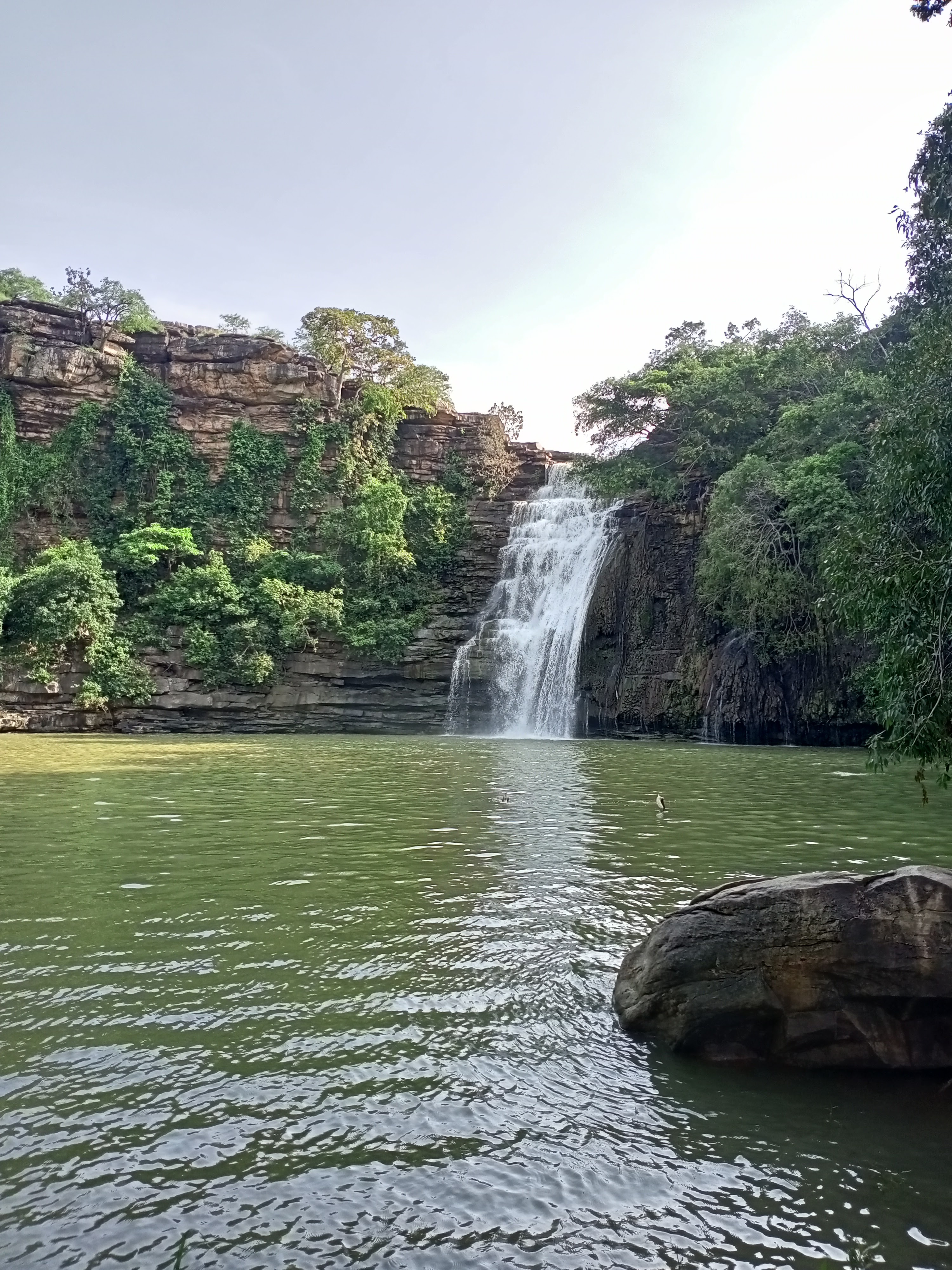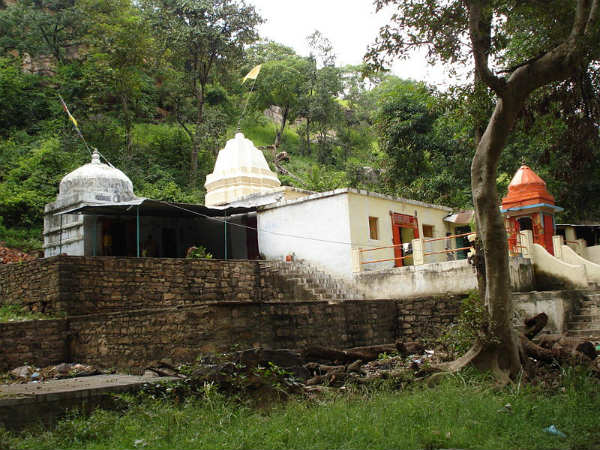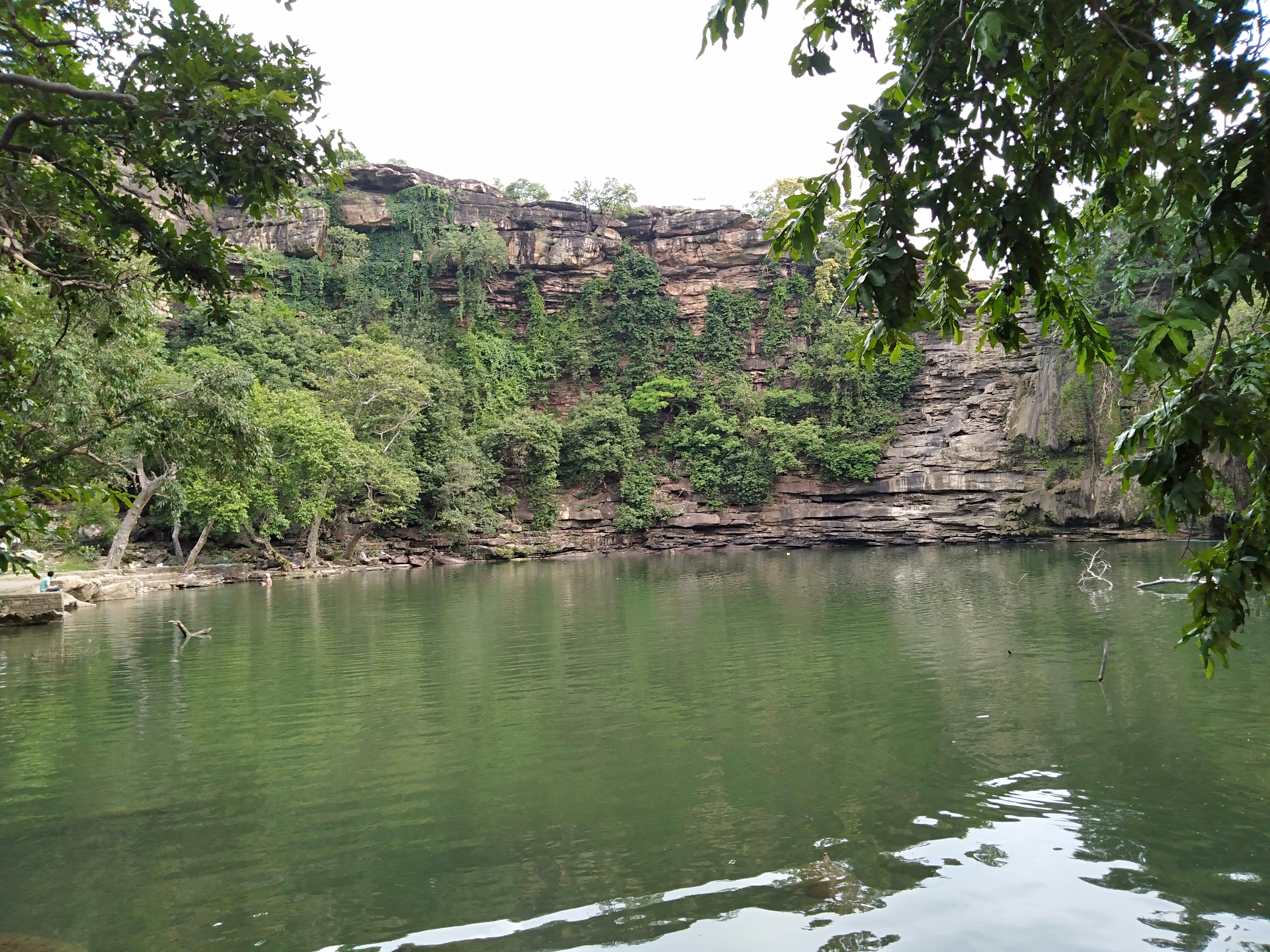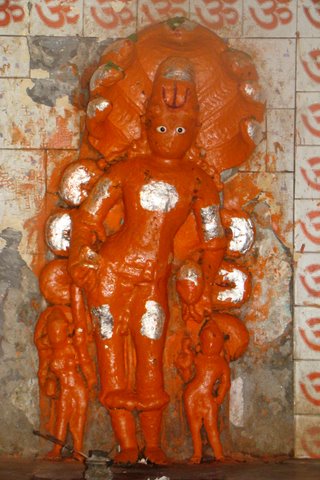Taxakeshawar (तक्षकेश्वर) or Takhaji (ताखाजी) is a place of religious and historical importance with temple of Taxaka in Mandsaur district in Madhya Pradesh.
The site's history is traceable to the 2nd-century CE when it wasalready a Hindu pilgrimage site. It is mentioned by the ancient Indian poet Kalidasa, who praises the women of Dashapura as"so practiced in their seductive movements". Ten inscriptions found in the area suggest the Mandsaur site was an important cultural and religious center in the first half of the 1st millennium CE. Nine of these inscriptions are Sanskrit poems, most dated between 404 and 487 CE, and all include invocations to Hindugods such as Vasudeva and Shiva in various forms. They mention kings of Gupta Empire era, as well as temples of Dashapura. Together with dozens of temples discovered at anumber of sites in western Madhya Pradesh, eastern Rajasthan and northern Gujarat region, the Mandsaur site with the Shiva Stele and the temple reflect what Stella Kramrisch called one of the "Western schools" of ancient and early medieval Indian art. James Harle concurs and includes the nearby Sondni and Khilchipura sites to the Western school along with regions fartherwest. According to Harle, the sculpture from the temple and other archaeological findings such as the Mandsaur inscriptions –one of which he calls "the longest and certainly the most beautiful of the Gupta inscriptions" – reflect the "flavor of life atits best in Gupta times".
It is situated at a distance of 22 km from Bhanpura town on Hinglajgarh road. [1]This is the site of serpent king taxak , where he is worshiped as Taxakeshawar but the local people call him Takhaji. Curiously enough he shares the worship of the country folk with Dhanvantri, the Indian Aesculapius. The shrine in question stands on a most romantic spot from village Navali situated on the table land at the foot of which Bhanpura lies.
Dr Naval Viyogi writes ....Our account of Takshaka would be incomplete without noting the curious fact that, down to the present day, the serpent-king of the Paushya-Parvan possesses a shrine in central india, where he is worshipped under the name of Takshakeswara or Takhaji; and curiously enough, he shares the worship of the country folk with Dhanvantri, the Indian Aesculapius.[8] The shrine in question stands on a most romantic spot far from the village of Navali or Naoli which is situated on the table land at the foot of which Bhanpura lies. It now forms a part of the territory of Indore and in ancient times must have belonged to the Malava country.



